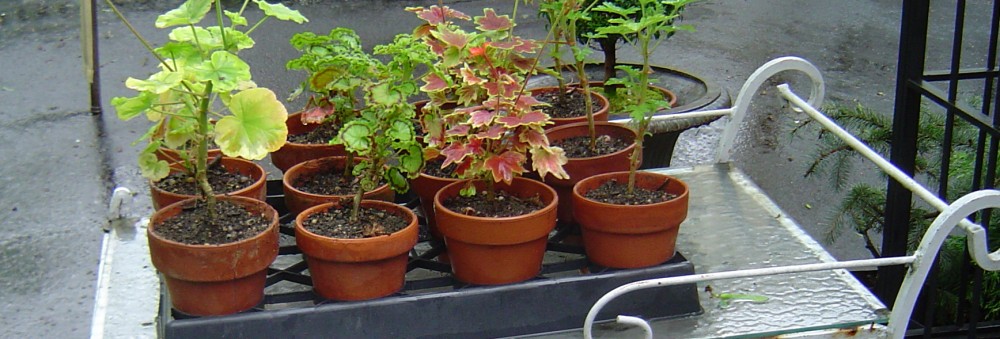Between all the heatwaves and thunderstorms, it’s been hard to take care of the garden chores I’m sure. I return home in a couple of days but as the assistant gardener has kept me in the domestic loop, I realize it has been somewhat of a challenge to get things done. As in all matters, one simply does ones best. No point in fretting and fuming over things not in ones control. From a quick glance at this week’s weather forecast, it looks favorable so, lets get a start on the August chores shall we?
What To Do In August –
1. Harvest the vegetable patch regularly. If you’re overwhelmed with the bounty, offer them to food kitchens, friends and neighbors. Also, consider canning vegetables and fruit. They are mighty handy to have on those days in winter when you crave summer fare. Not to mention the crazy times when cooking is simply not possible.
2. Keep weeding. Even though it is hot, hot, hot, weeds continue to thrive. Early hours of the morning are most enjoyable – cooler and fewer biting bugs.
3. Water as required.
4. Mow as usual. Again, do the right thing and keep blades at 3 1/2 to 4 inches high.
5. Continue to deadhead and trim back. This keeps the garden tidy. Seeds that you wish to harvest can be left on the plants till they are ripe and ready.
6. Take cuttings of plants for rooting. Doing it now will provide enough time for growth before planting in the fall or bringing indoors in winter.
7. If you’re going away, arrange to have someone water the garden and keep an eye on things.
8. Prune wisteria and anything that is overgrown.
9. Watch for pests and/or disease. Use organic treatments.
10. Keep birdbaths filled with fresh water.
11. Spend as much time as possible in the garden – autumn approaches! Eat, read, snooze, throw parties, paint, write, meditate, pay bills, enjoy the garden.
Note: More images sent to me on what’s happening in my garden –












(c) 2023 Shobha Vanchiswar
[do_widget “Blog Subscriptions (Jetpack)”]




















































































































